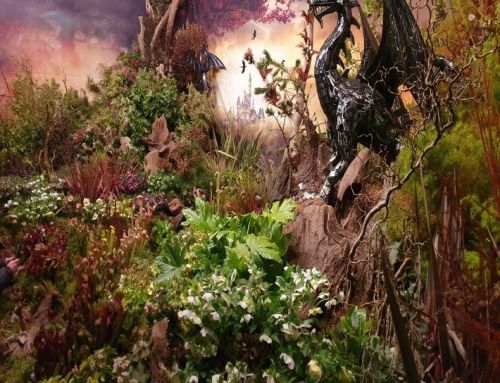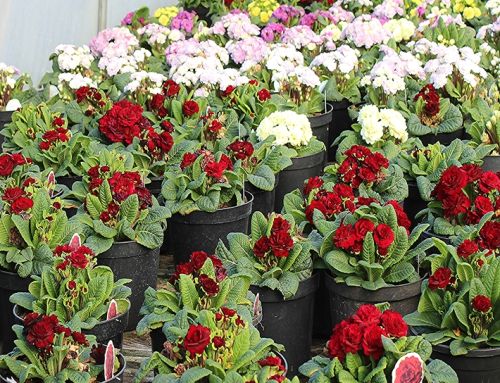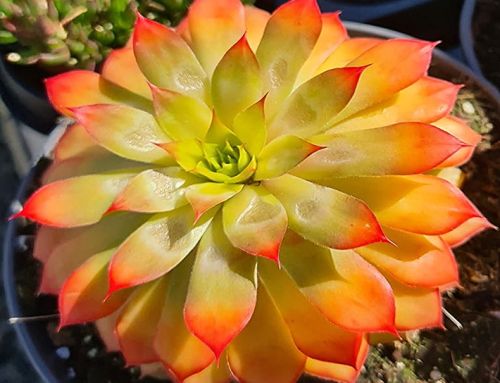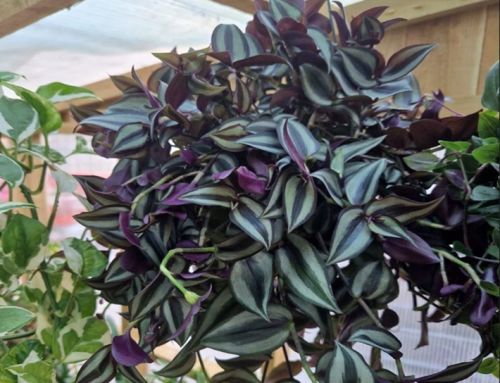 The Celandine (Ranunculus ficaria)
The Celandine (Ranunculus ficaria)
The Celandine, or to give it its correct name Ranunculus ficaria (actually now Ficaria verna), has to be one of the most joyful sights of late winter and early spring. A native semi-woodland plant it appears in February, flowers for a month or two and then vanishes for the rest of the year.
Don’t however be put off by this. In that small window in the gardening calendar it certainly punches above its weight. Naturally its relatively large flowers are a stunningly bright yellow. Imagine a rather dark area of your garden being transformed into a sea of gold – it has to lift  all but the heaviest of hearts.
all but the heaviest of hearts.
What more could you want. Take a look here, it’s a stunning picture of the wild celandine in full bloom. Beware though, if you have a 9 til 5 office job you could be out of luck! The little bundles of joy don’t open until about 9 in the morning and close just before you get home in the evening.
Add to this the fact that Celandines have medicinal properties and the leaves and roots are edible and you have the whole package. I must say boiling Celandine roots for a snack seems like awfully hard work, potatoes are so much easier. Read how to eat and use them safely here just to be sure.
It is often said that once you have Celandine in your garden you can’t get rid of them, and this may well be true. However I would reply ‘why would you want to get rid of them?’ Unless you grow rare Hepaticas or something similar where competition might be an issue, then they should be embraced and loved. After all by April they have completely vanished.
 If you don’t like bright yellow, and I know many people who don’t, then why not try some of the other colours. plant breeders and enthusiasts worldwide have scoured the woods for different colours and forms. What about cream flowered ones such as ‘Salmons White’? These look amazing when planed with Hellebores. I agree that the wild ones do kind of eclipse the subtlety of the subtle Lenten Roses but the paler shades really compliment them. Add Anemones and Snowdrops to the equation and this spring garden will take some beating.
If you don’t like bright yellow, and I know many people who don’t, then why not try some of the other colours. plant breeders and enthusiasts worldwide have scoured the woods for different colours and forms. What about cream flowered ones such as ‘Salmons White’? These look amazing when planed with Hellebores. I agree that the wild ones do kind of eclipse the subtlety of the subtle Lenten Roses but the paler shades really compliment them. Add Anemones and Snowdrops to the equation and this spring garden will take some beating.
There are also bronze leaved forms, ‘Brazen Hussey’ the name says it all. Dark leaves bear brightest yellow flowers in a breathtaking combination. Not to everyone’s taste but that’s the humble celandine. Why not try ‘Hyde Hall’, dark foliage and pretty cream flowers. It has an almost regal look to it. Add mottled and marked leaves and the number of varieties increases greatly.
Oh and don’t forget the green multi petalled one!! It is very different and unusual. Always a talking point to our visitors.
Orange ones with white eyes are aptly name ‘Fried Egg’. Not very original but certainly to the point. There are also double forms in both yellow and cream. The humble Celandine is no longer just bright yellow.
So as far as growing conditions are concerned. Just mimic their natural setting. They are idea sited where they can get the winter / early spring sun yet also get some shade. Under deciduous trees and shrubs is ideal. Once the leaves of the trees emerge their life cycle has finished and they can sit out the rest of the year. Try planting around Hostas and deciduous ferns to add interest to a border when these are dormant.
A site with a fairly good moisture content is perfect, although they can tolerate drier places. Add plenty of organic matter to the soil, peat. coir, leaf mold or composted garden waste are all ideal. Try not to dig them up during the summer. It is often difficult keeping to remember the location of these when there are no signs of life. If you do disturb them when dormant don’t worry – you’ll just get lots of babies sprouting from their tiny tuberous roots.
I hope that you are now inspired to start a small collection. I am still adding to ours. Last year it was ‘Montacute’ and ‘Coffee Cream’ . I’m trying to source some additions, but like everything – the more you get the more difficult it is to find different ones.
Finally let them seed. We have found a couple growing in our path in the woodland garden that show great promise…. watch this space!
Interesting article here too







